Contrary to popular belief, the infamous brown recluse spiders are not native to Southern California.
Southern California, renowned for its diverse wildlife and thriving ecosystems, often sparks curiosity regarding the presence of brown recluse spiders.
In this article, we’ll explore whether brown recluse spiders inhabit Southern California from Los Angeles to San Diego, and provide valuable insights on other spider species to watch out for in the region and that may even look like the brown recluse spider.
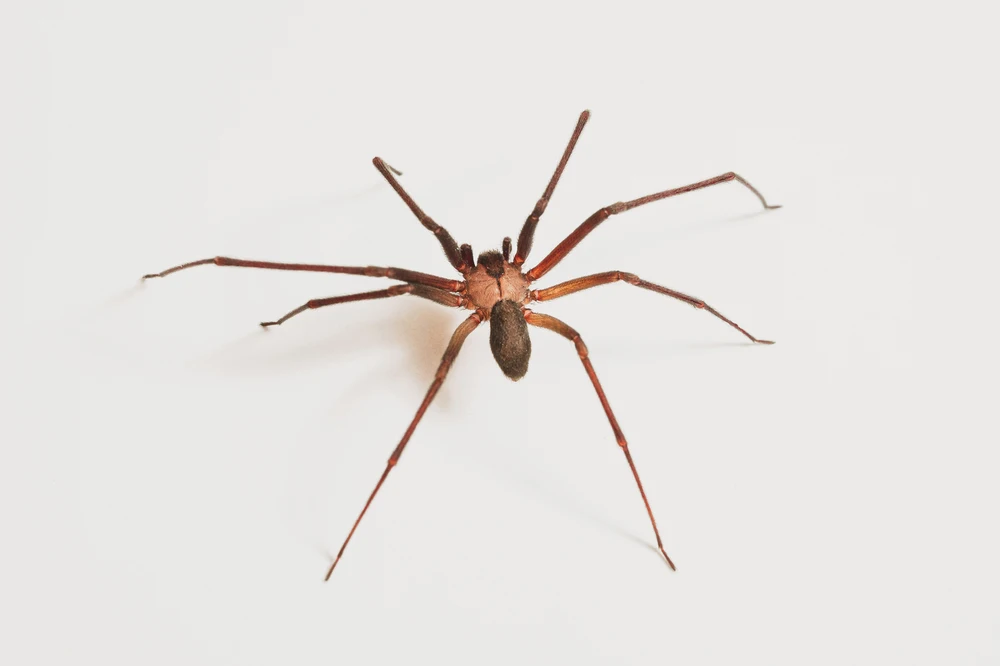
Key Takeaways
- Brown recluse spiders (Loxosceles reclusa) are not found in Southern California, making their bites a rare occurrence in the area.
- Venomous spiders, such as the western black widow, brown widow, desert recluse, Chilean recluse, and yellow sac spiders, can be found in Southern California.
- Proper pest control measures and awareness of these arachnids are crucial for maintaining a safe environment.
 1st pest control service just $49
1st pest control service just $49
Must schedule service online.
Act now. Limited time offer.
Are There Brown Recluse Spiders in Southern California?
Contrary to popular belief, the infamous brown recluse spiders (Loxosceles reclusa) are not native to Southern California.
These spiders primarily inhabit the Midwest, including Arkansas, Missouri, Iowa, and Nebraska. Therefore, the risk of encountering a brown recluse spider bite in Southern California is extremely low.
However, it is essential to remain cautious and aware of other spider species commonly mistaken for brown recluses that do reside in the area. While these spiders may not be as dangerous as brown recluses, their presence can still lead to discomfort and allergic reactions in some individuals.
Brown Recluse vs. Desert Recluse
Differentiating between the brown recluse and the desert recluse (Loxosceles deserta) is essential, as these species are often confused. While the brown recluse primarily inhabits the Midwest states, including Arkansas and Missouri, the desert recluse is commonly found in arid regions such as Arizona and parts of Texas.
In terms of physical appearance, the brown recluse has a light to medium brown color with a characteristic violin-shaped marking on its cephalothorax. Its legs are uniformly colored, without distinct bands or markings. On the other hand, the desert recluse lacks the violin-shaped design on its body, all else being similar.
Both species prefer dry and dark environments with abundant hiding spots, such as woodpiles and basements. While both spiders possess venom, and their bites can cause necrotic reactions, it’s important to note that bites from these recluse spiders are relatively rare and typically not fatal.
However, if you suspect a spider bite and experience severe symptoms such as necrosis, it is essential to seek medical attention promptly.
Due to the similarities in habitat and physical appearance, confusion between the brown recluse and the desert recluse can occur. It is advisable to consult with a professional entomologist or healthcare provider for accurate identification and appropriate medical treatment if needed.
Spiders Mistaken for Brown Recluse
Hobo Spider
The hobo spider (Eratigena agrestis) is a dark brown spider commonly found in the Pacific Northwest region of the United States. It shares a similar shape and coloration with the brown recluse spider but lacks the distinctive violin-shaped marking on its back. Hobo spiders build funnel-shaped webs in dark, moist environments such as basements, crawl spaces, window wells, and woodpiles.
Unlike the brown recluse, hobo spider bites are typically less venomous, and their bites are not known to cause necrotic reactions. However, it’s still advisable to exercise caution when encountering any spider and seek professional help if you have concerns or need proper identification.
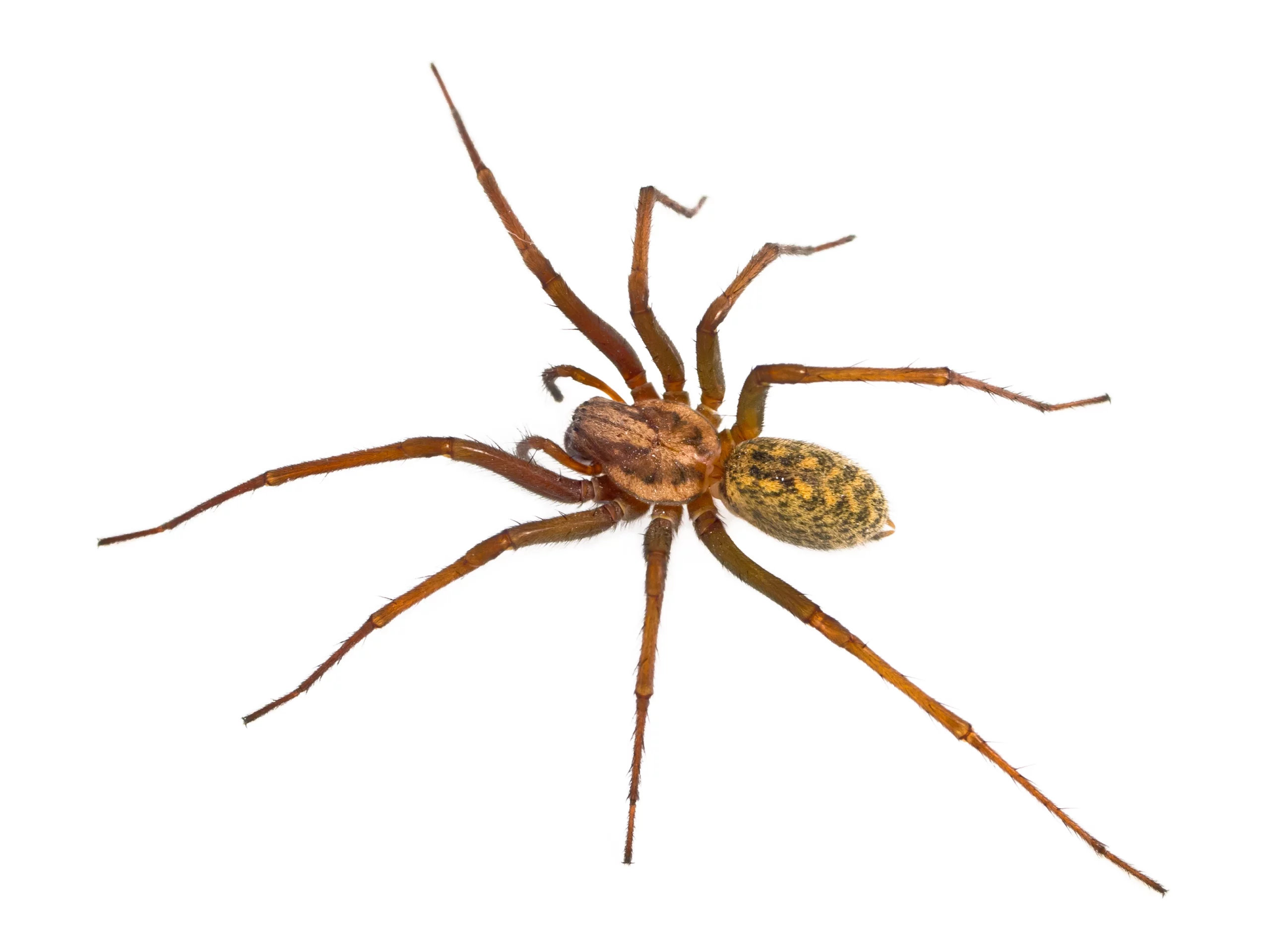
Titiotus Spider
The Titiotus spider is a genus of false wolf spiders found in California. While they may bear similarities in coloration, body proportions, leg length, and leg positioning to the brown recluse spider, they lack the distinctive violin-shaped marking on the cephalothorax.
Unlike the brown recluse, Titiotus spiders are non-venomous and pose minimal threats to humans. It’s essential to differentiate them from brown recluses to avoid unnecessary alarm, as their presence does not pose the same risk.
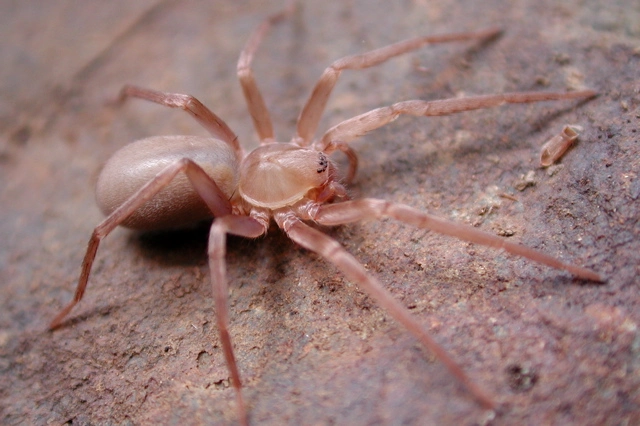
What Spiders You Should Look Out for in Southern California
Although brown recluse spiders may be absent, Southern California is home to various venomous spider species, including cellar spiders, loxosceles species, and other recluse spiders. Some notable ones include:
Western Black Widow
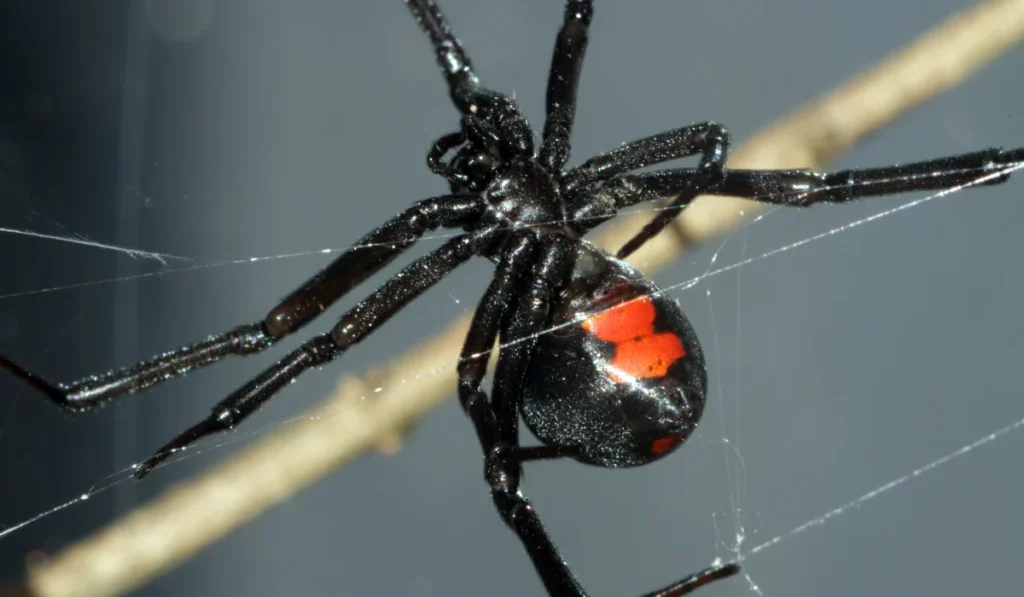
The western black widow (Latrodectus hesperus) is among Southern California’s most prevalent and dangerous spiders, with iconic hourglass marks on the abdomen. These spiders favor dark and secluded areas throughout the region, including garages, basements, and crevices.
Black widow spiders, known for their venomous bites, can cause severe symptoms and may require immediate medical attention.
Brown Widow
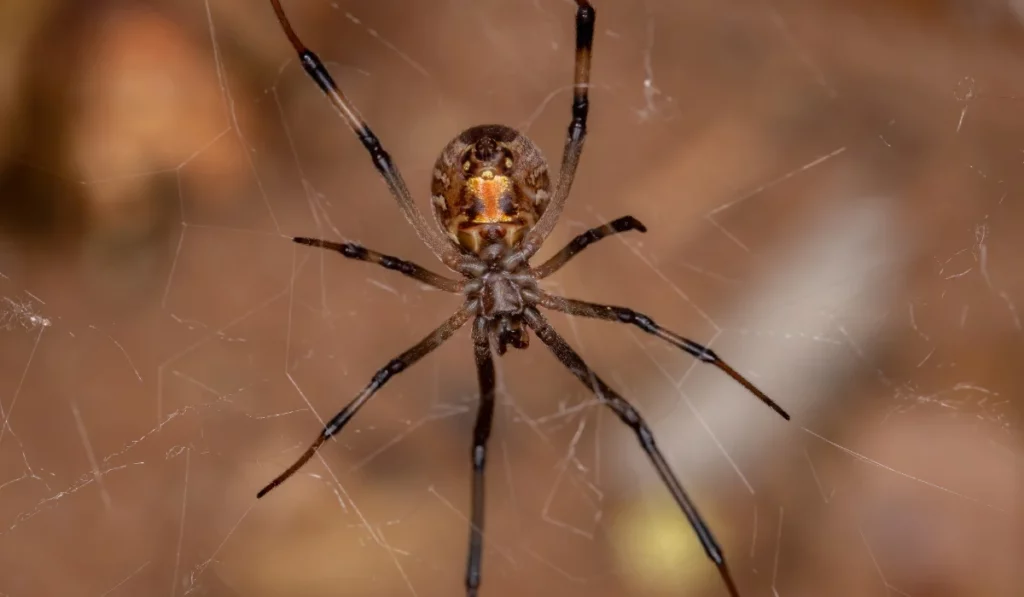
Another notable species in Southern California is the brown widow (Latrodectus geometricus). Its distinct brown and black color pattern, including the characteristic hourglass marking on the abdomen, closely resembles its cousin, the western black widow.
While its venom is also potent, the bite of a brown widow is generally considered less severe. However, caution and prompt medical treatment are still advised.
Desert Recluse
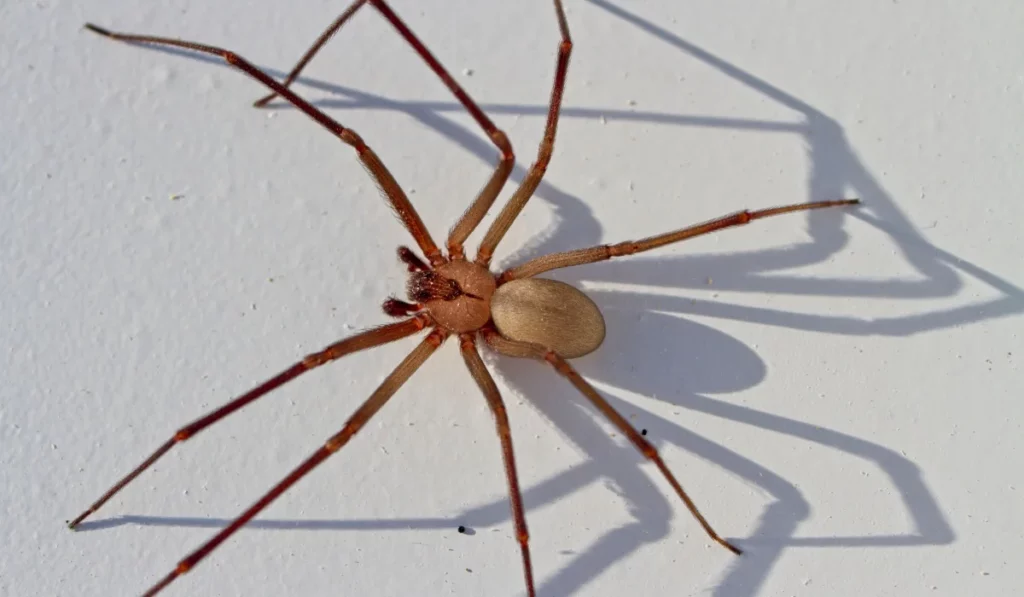
As mentioned earlier, the desert recluse (Loxosceles deserta) is often mistaken for a brown recluse due to their similarities in habitat and appearance. However, one key distinction is that the desert recluse lacks the violin-shaped pattern found on the brown recluse.
While the desert recluse can be found in arid regions of the Southwestern United States, it is rarely encountered in Southern California. Although its venom is less potent than a brown recluse, it is still important to exercise caution when dealing with this spider.
Chilean Recluse
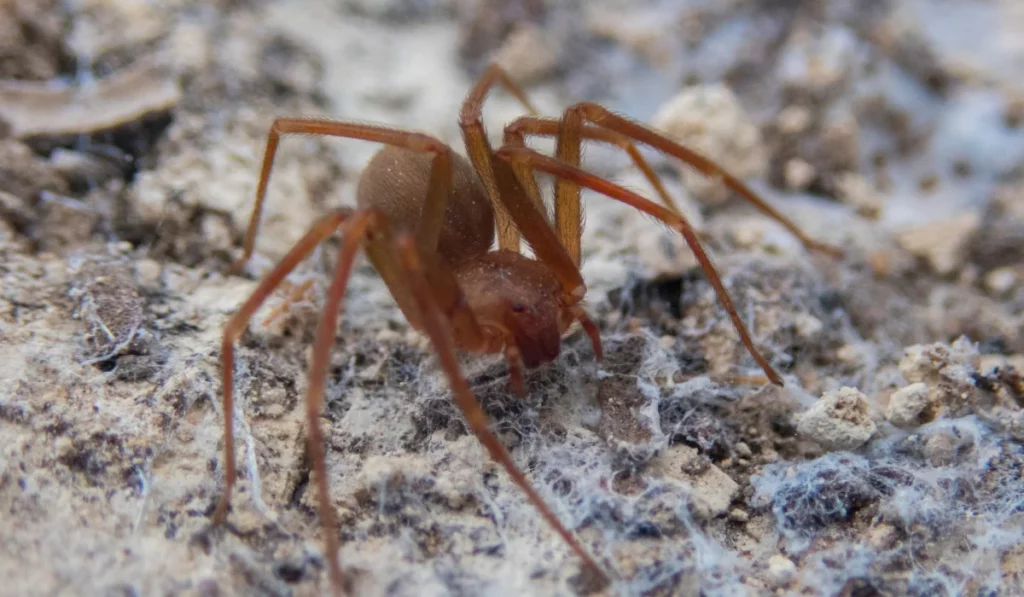
The Chilean recluse spider, scientifically known as Loxosceles laeta, has been documented in some regions of Los Angeles, including Alhambra, Sierra Madre, Monterey Park, and San Gabriel. It is larger than the brown recluse and has eight eyes, unlike the brown recluse with six pairs of eyes.
Its venom is slightly less potent than the brown recluse’s, but its bite can still be painful or cause allergic reactions in some individuals.
Yellow Sac Spiders
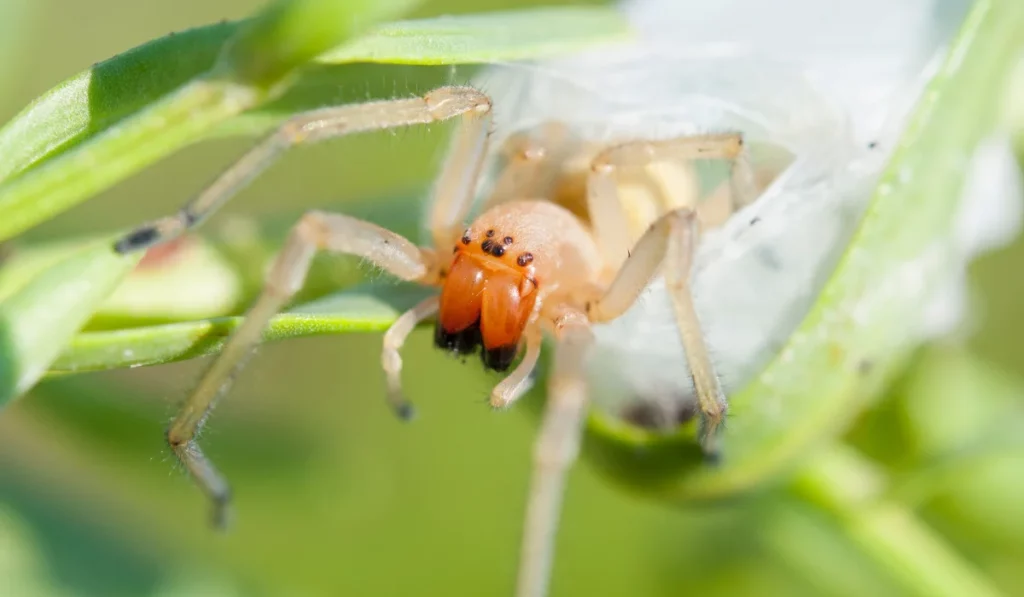
Yellow Sac Spiders (Cheiracanthium) can be found in various regions of Southern California. These spiders are characterized by their yellow-and-white coloring, long legs, and swift movements. Their bites are venomous and can cause pain, swelling, and itching. While the severity of the bites can vary, they are generally not as serious as those from brown recluses or hobo spiders.
Yellow Sac Spiders prefer to inhabit indoor areas such as homes, garages, and gardens, where they build silken sacs or webs. If bitten by a yellow sac spider, it is advisable to seek medical attention, mainly if persistent pain or significant symptoms occur.
 1st pest control service just $49
1st pest control service just $49
Must schedule service online.
Act now. Limited time offer.
Prevention and Professional Help
Proper spider control measures, such as sealing crevices, reducing clutter in garages and basements, and practicing good sanitation, can help minimize the presence of spiders in and around your living space. Regular inspections and proactive pest management strategies are critical to creating a safe and comfortable environment.
If you’re dealing with a spider infestation or have concerns about specific species like the brown recluse or the desert recluse, it’s advisable to seek the assistance of pest control professionals experienced in managing arthropods and common spiders.
In cases where spider bites are suspected or concerns about symptoms like skin lesions, necrosis, or bacterial infections, especially those with diabetes or at risk for MRSA, consulting with healthcare professionals or entomologists is vital for accurate diagnoses and appropriate medical treatment. They can provide expert guidance based on their knowledge of entomology and the specific risks associated with spiders in your area.


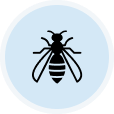
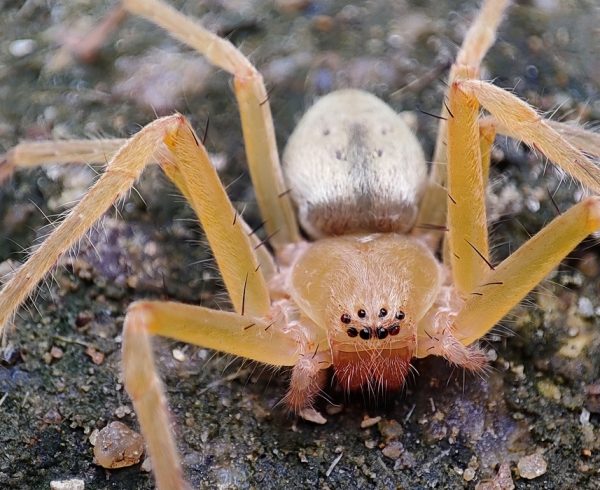
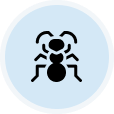
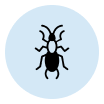

 You’re supporting a small, local business
You’re supporting a small, local business


